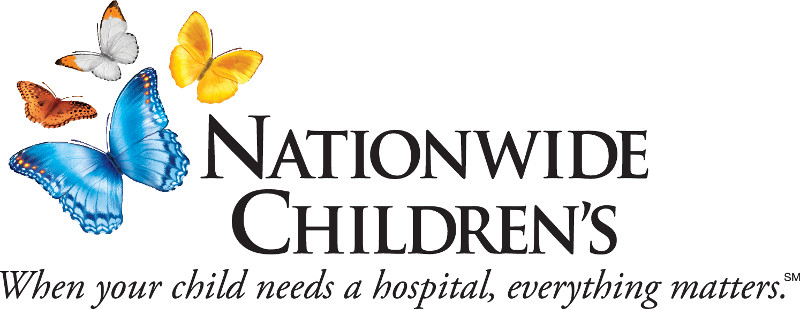Newswise — Findings from Nationwide Children’s Hospital physicians demonstrate that headaches increase in fall in children, a trend that may be due to back-to-school changes in stress, routines and sleep. Although it may be difficult for parents to decipher a real headache from a child just wanting to hold onto summer a little longer and avoid going back to school, there is a variety of other common triggers including poor hydration and prolonged screen time that could contribute to a child’s discomfort.
“When we saw many of our families and patients in clinic, the families would report that their child or teenager’s headaches would increase during the school year,” said Ann Pakalnis, MD, lead researcher, attending neurologist and Director of the Comprehensive Headache Clinic at Nationwide Children’s. “So, we decided to go back and look at emergency department visits for that time period and see if there were more visits here at certain seasonal variations during the year.”
The research, conducted by Pakalnis and fellow neurologist Geoffrey Heyer, MD, is rooted in a retrospective analysis of about 1300 emergency department visits from 2010-2014. Results concluded that when monthly emergency department visits are grouped seasonally, there is an increase in headaches in the fall in children ages five to 18-years-old.
“We see a lot of headaches in young boys, from five to nine years of age, and in boys they tend to get better in later adolescence,” said Dr. Pakalnis, also a professor of Clinical Pediatrics and Neurology at The Ohio State University College of Medicine. “In teenage girls, migraines oftentimes make their first presentation around the time of puberty and unfortunately tend to persist into adulthood.”
The two types of primary headaches seen most often by physicians are tension headaches and migraines. While migraines are less common in children, they are far more severe in regards to the pain that children experience. Migraines are generally associated with nausea and vomiting, and sensitivity to light, sound and smell. Contrarily, tension headaches tend to feel more like tightening around the head, and children can continue with their normal day despite the discomfort.
The increase in fall headaches may be attributed to a number of factors, including academic stressors, schedule changes and an increase in extracurricular activity. Other common headache triggers include lack of adequate sleep, skipping meals, poor hydration, too much caffeine, lack of exercise and prolonged electronic screen time.
These results support previous research done by Dr. Pakalnis by confirming that lifestyle issues are important in managing headaches and migraines, and minimizing stressors will decrease headache and migraine frequency.
“Your brain is like your cell phone,” said Howard Jacobs, MD, a headache specialist at Nationwide Children’s. “If you don’t plug your cell phone in, it doesn’t have energy, it doesn’t work well. If you don’t plug your brain in by providing energy, it doesn’t work well and that causes headaches.”
According to Dr. Jacobs, headaches can often be prevented by eating three meals a day, getting enough sleep at night without napping during the day, drinking enough liquids, and working to remove the stresses in a child’s day. Pain medicines such as acetaminophen, ibuprofen or naproxen can also be helpful, but they can make headaches worse if taken too often. Parents should work with their child’s doctor to manage and prevent headaches.
“A sudden, severe headache or a change in the headache sensation from previous, what we call ‘first or worst’ headaches should be evaluated,” said Dr. Jacobs, also a clinical associate professor of Pediatrics at The Ohio State University. “Another good rule of thumb is that if the headaches are interfering with a child’s normal routine, then it is time to get them evaluated, so therapy can be instituted to return your child’s life to normal.”
